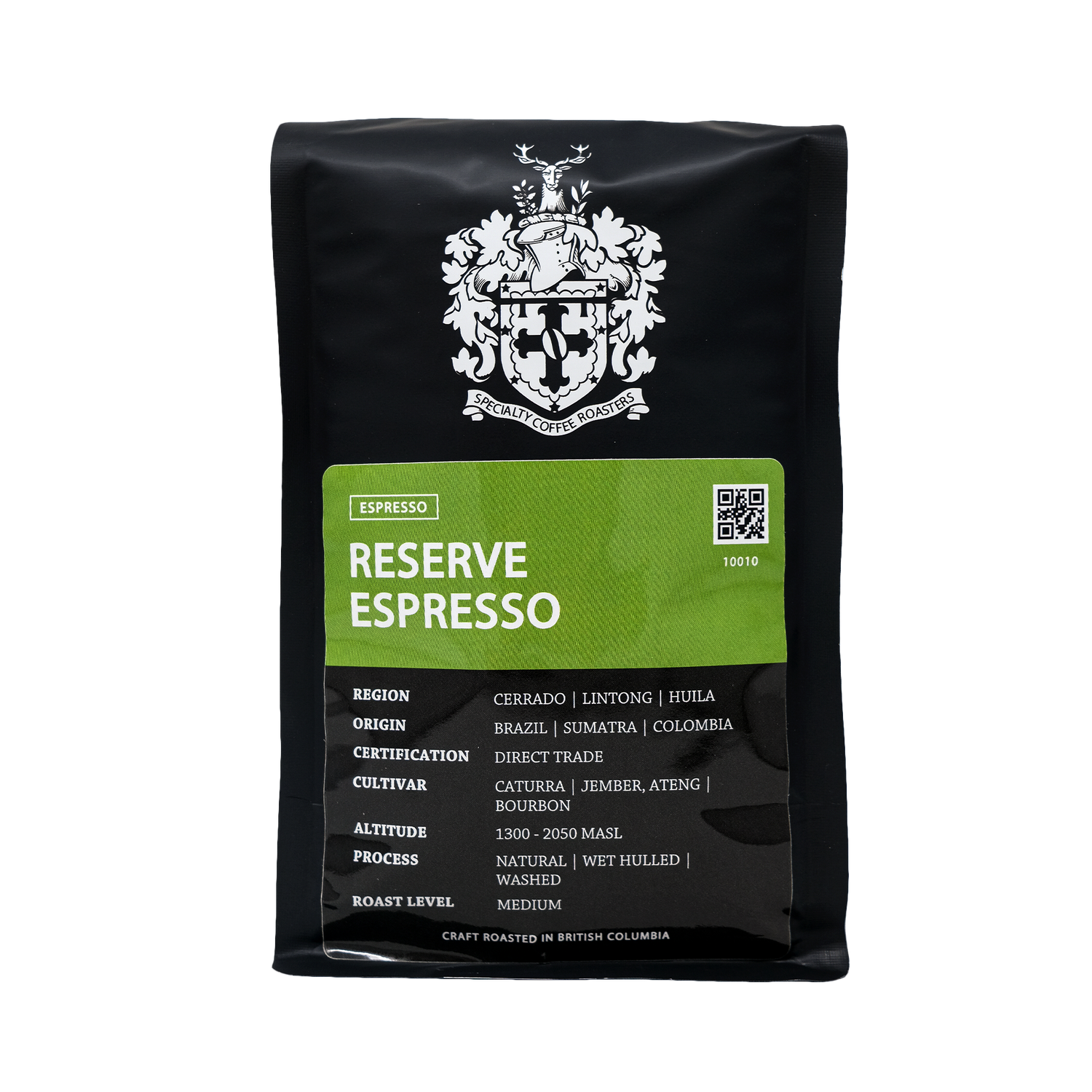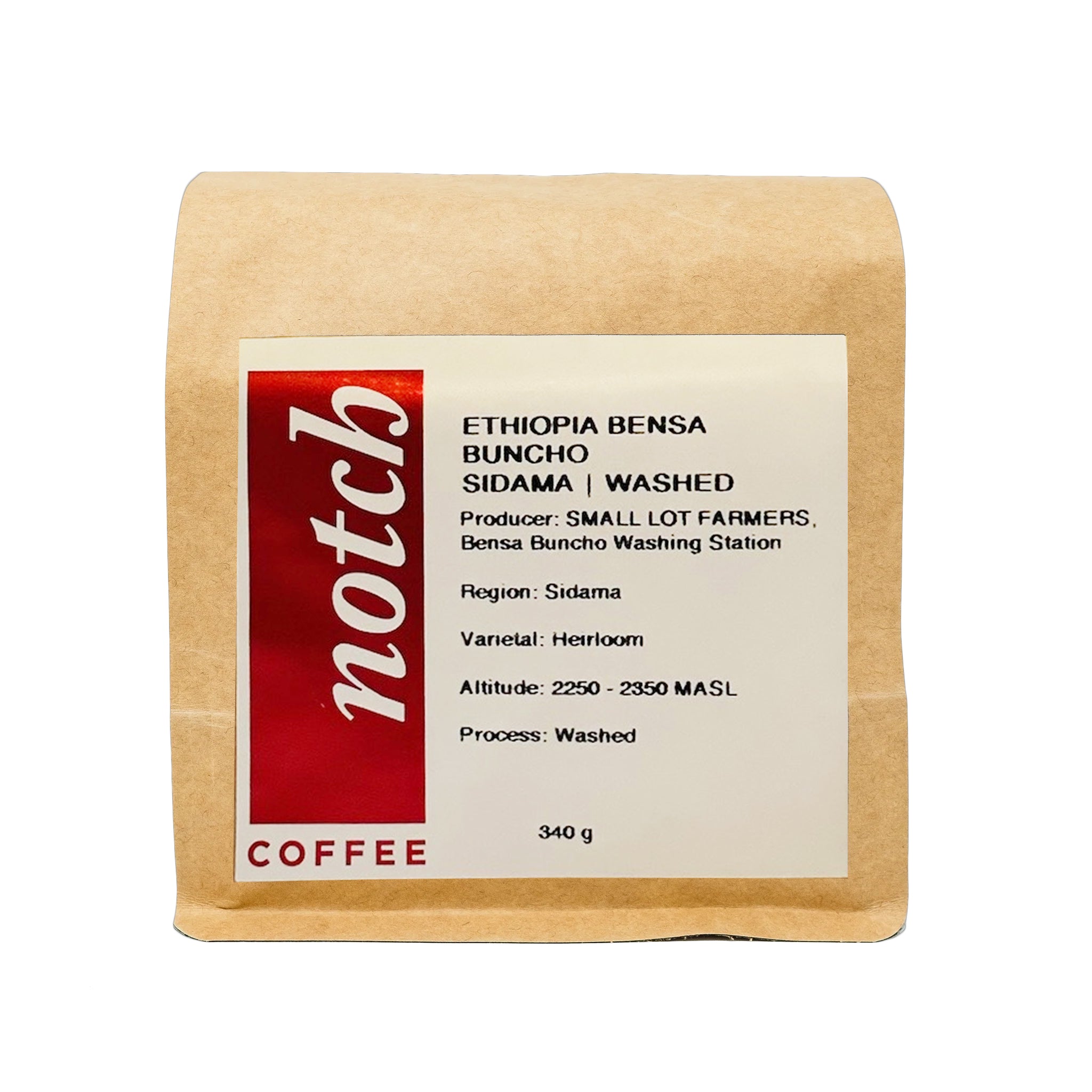For many coffee enthusiasts, the journey doesn’t end at brewing the perfect pour-over or espresso. They go deeper into specialty coffee flavours, aromas, and textures. That’s where coffee cupping comes in, a professional tasting method used by roasters, baristas, and Q-graders to evaluate beans.
The good news? You don’t need a lab or expensive equipment to try it yourself. Coffee cupping at home is a rewarding way to develop your palate, understand flavour notes, and refine your appreciation of the beans you love.










